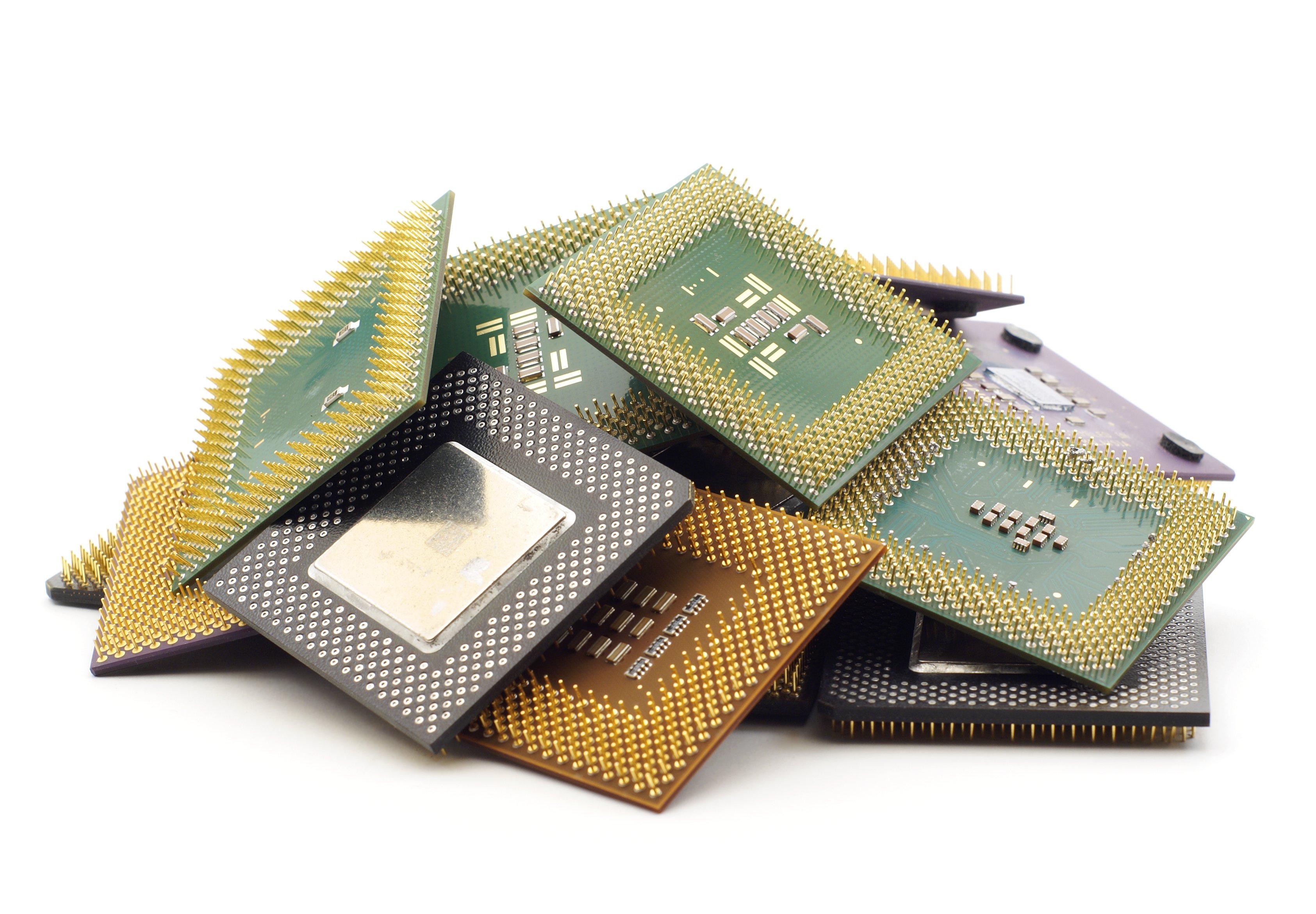Contract chip manufacturing giant Taiwan Semiconductor Manufacturing Company (TSM +2.52%) disclosed on its April 19 earnings call that it had begun making chips using its new 7-nanometer technology, known as N7.
N7 promises significant improvements in performance, power, and chip area compared to TSMC's prior generation N10 technology, and is likely to be used to build many of the industry's most powerful mobile processors.

Image source: Intel.
After N7, TSMC plans to roll out a better version known as N7+. Beyond that, in 2020, the company intends to release an all-new manufacturing technology it calls N5, which should provide a large advance from N7 and N7+, enabling further dramatic improvements in mobile processors.
TSMC management spent some time on its earnings call discussing N5 technology. Here's what investors need to know.
Progress seems to be going well
Co-CEO C.C. Wei said that TSMC is seeing "double-digit yield" on a 256-megabit SRAM chip, as well as a "larger test chip" manufactured using N5.
Yield refers to the percentage of the chips produced that function and meet performance and power targets. The higher the yield rate, the healthier the technology is.
While TSMC's work on N5 is by no means done -- mere double-digit yield rates on test chips are a far cry from what's required to manufacture something like a smartphone applications processor in a cost-effective fashion -- this is a good milestone that appears to indicate that the technology's development is on track.
Customers are designing test chips using it
Wei indicated on the call that some of TSMC's major customers -- likely the big smartphone applications processor makers -- are already designing "function blocks" using the technology.
While those customers likely aren't designing full products using the technology right now (it's probably not mature enough to support that), they likely are doing test chips in which they implement key technologies. This should make it easier for those designers to put together full products using N5 when the design kits are finalized and TSMC's intellectual property portfolio for the technology is more fleshed out.
It'll be around for a while
While TSMC has developed some manufacturing technologies with limited shelf lives -- N20 and N10 among them -- the company's N5 technology won't be one of those. In recent years, the pattern seemed to be that the company would transition to a long-lived technology, then follow it with a shorter-lived one.
That won't be the case with N5.
According to Wei, N5 will be "a very long node and useful," and it'll also be "very cost effective," implying that it'll see use by a broad range of companies, rather than only being used for the very richest and most performance-sensitive ones.
It's likely, then, that after N5 goes into mass production in 2020, TSMC will follow it up with a performance-enhanced technology called N5+ in 2021. N5+ will probably offer the usual degree of improvements -- performance and power efficiency enhancements as well as another area reduction.
Then, in 2022, investors should expect TSMC's next quantum leap in manufacturing technology, to be known as N3.


